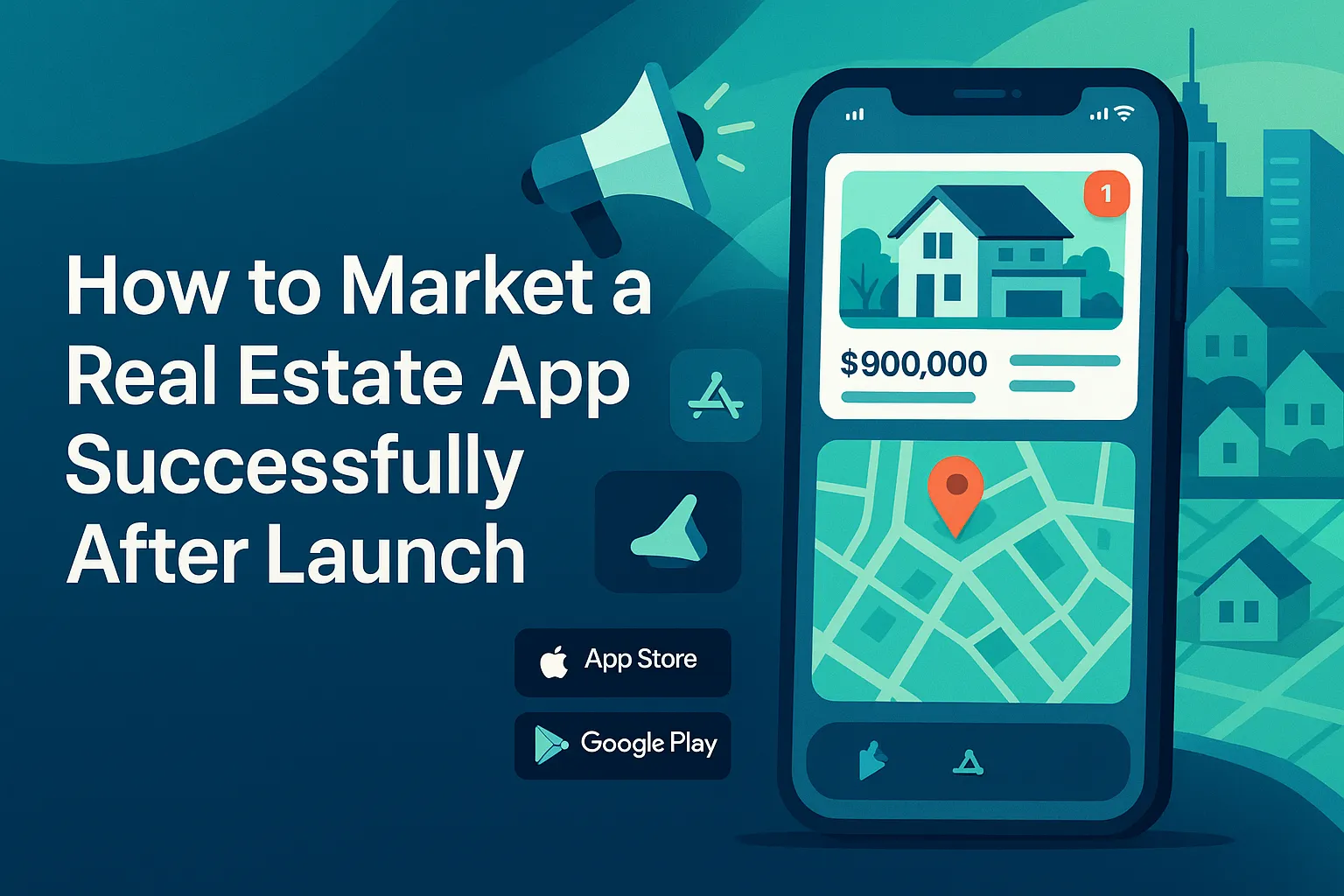In 2025, with the property tech scene hotter than ever, visibility is everything. Real estate apps aren’t just digital yellow pages anymore—they’re personalized, dynamic marketplaces that shape how people find homes, investments, and even roommates. Companies like Miracuves are pushing the envelope by helping entrepreneurs bring these apps to life with advanced tech solutions—from ideation to launch.
I still remember the post-launch days of a client’s property app. The app had features people genuinely needed: virtual tours, mortgage calculators, and geo-targeted listings. Yet, traffic was dead silent. Why? Because they thought a Play Store presence was enough. Spoiler alert: it’s not. It takes more than uploading to an app store—it takes strategy, agility, and a heck of a lot of storytelling.
This blog is going to dive deep into what happens after the confetti settles from your launch. We’ll unpack the essential marketing moves that can bring your real estate app to life—think influencer strategies, hyperlocal campaigns, in-app referral loops, and more. Plus, we’ll highlight some costly mistakes you’ll want to dodge.
If you’re serious about scaling your real estate app in today’s digital jungle, you’ll want to stick around until the end. We’re not sugarcoating anything—just real talk about what actually works in app marketing post-launch.
Why Real Estate Apps Struggle After Launch
Your app might be functional, but function alone doesn’t fuel downloads. Many startups pour everything into development and neglect marketing until it’s too late. In a market swamped with property portals, AI-powered platforms, and aggregator giants, you need to stand out fast—or fade into digital oblivion.

Marketing Strategies to Boost App Visibility and Adoption
1. App Store Optimization (ASO) Isn’t Optional
Think SEO—but for app stores. Keywords in your title and description, stunning screenshots, and rave reviews can make or break discoverability. Target terms like “buy home in [city]” or “rent flat fast” based on user search intent.
2. Hyperlocal Influencer Marketing
You don’t need a national celeb. Instead, find micro-influencers in real estate, lifestyle, or regional creators with loyal local followings. According to a recent TechCrunch article on influencer ROI, these niche voices often outperform big names when it comes to app engagement and trust.
3. Referral Programs That Actually Work
People trust people. Incentivize your users to refer friends, agents, or landlords. Offer something tempting—free premium listings, gift cards, or even rental discounts.
4. Content Marketing With a Local Angle
Blogs, Instagram reels, YouTube shorts—your app should be everywhere your users are. Create content like “Top 5 Neighborhoods for First-Time Buyers in Delhi” or “How I Found My Flat in 3 Days.”
5. Paid Ads with Geo-Targeting
Run targeted ads on Facebook, Google, and Instagram. But go niche. Use geo-fencing to show ads only in specific cities, neighborhoods, or even building blocks.
6. Partner with Property Agents
Your app can’t succeed without supply. Get local agents onboard with exclusive tools, early access, or lead management perks. Their listings + your tech = magic.
Keeping Users Engaged After Download
In-App Pushes and Smart Notifications
Don’t spam. Instead, trigger smart nudges—”Price dropped for your saved property” or “New flat listed in Andheri.” Use behavior data to personalize every ping.
Dynamic Home Feeds
Your app’s feed should feel like Instagram for homes—scrollable, addictive, and highly personal. Show listings based on past views, budget range, and location trends.
Onboarding That Sells the Dream
First impressions matter. Use an onboarding flow that highlights the best listings, helps users set preferences, and shows real benefits right away.
Common Pitfalls to Avoid
- Over-promising and under-delivering (e.g., showing fake listings)
- Ignoring mobile performance (slow apps kill retention)
- Not measuring: If you’re not tracking installs, clicks, drop-offs, you’re flying blind
- Generic content: If your content works in every city, it works in none.
Conclusion: It’s Not About Listings. It’s About Lifestyle.
At its core, marketing a real estate app is about selling more than property—you’re selling possibility, hope, and security. If your marketing reflects that emotional journey, your users will stick, refer, and even advocate for you.
By blending tech, storytelling, and trust-building tactics, you can not only compete—but dominate. And if you’re looking to elevate your post-launch strategy, now’s the time to start. Every download is an opportunity—make sure you’re making the most of it. Feel free to reach out if you have questions or need guidance on getting started.
FAQs
Q1. What’s the best time to start marketing a real estate app?
Before the launch. But if you’re already live, start now. It’s never too late to revamp your strategy.
Q2. How much should I spend on post-launch marketing?
Start small ($500–$1000/month), test channels, and double down on what works.
Q3. Do I need influencers for a real estate app?
Yes, but local ones. Micro-influencers with regional clout convert better than celebrities.
Q4. How do I measure campaign success?
Track installs, cost-per-install (CPI), retention rate, and in-app behavior like listing saves or agent inquiries.
Q5. Can I market my app if I have no budget?
Yes—leverage referral programs, local partnerships, and organic content. Hustle is free.
Q6. Should I go for Android, iOS, or both?
Start where your users are. In India and SEA, Android dominates. Use analytics to guide you.








